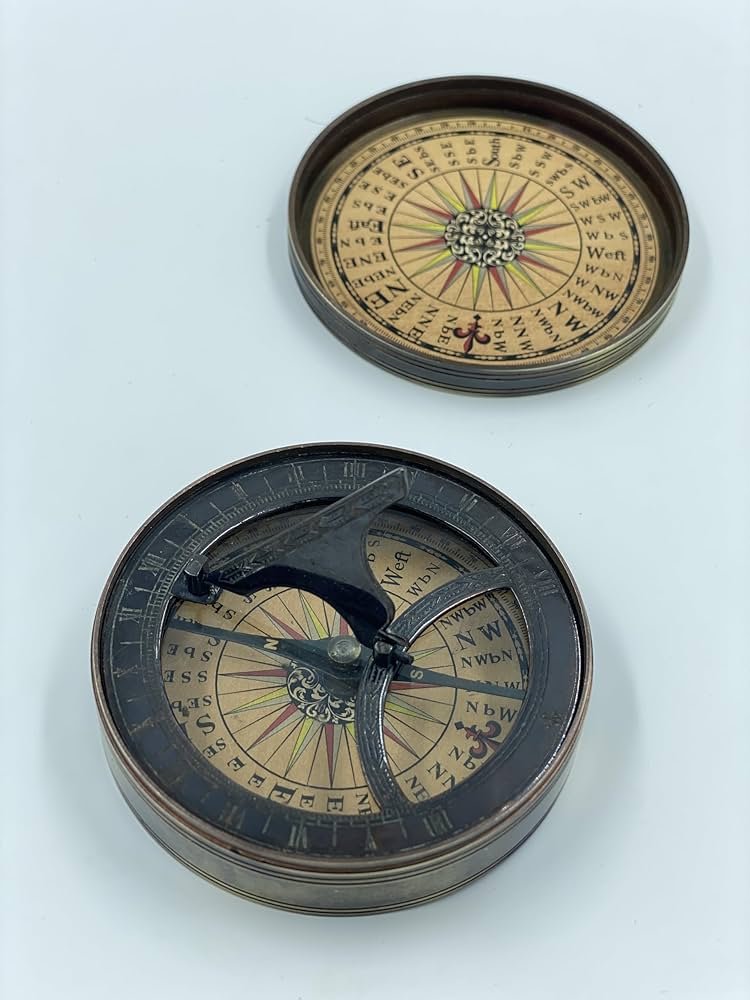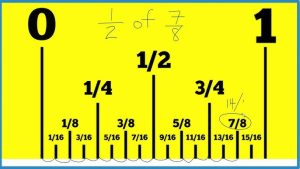Understanding Counter Credit On Bank Statement: A Simple Guide
Counter credit on a bank statement is a credit entry made to offset a previous debit transaction. It acts as a reversal or correction of an earlier charge, effectively balancing out the account. When you see a counter credit on your bank statement, it signifies a reimbursement, adjustment, or any other form of credit that reverses a previous financial transaction. Understanding the nature and purpose of counter credits can provide valuable insights into your financial transactions and keep your records accurate and balanced.
Understanding Counter Credit on Bank Statement
Welcome to our blog where we unravel the mystery behind counter credit on your bank statement. If you’ve ever wondered about those transactions labeled as counter credit, you’ve come to the right place. Let’s dive into this financial topic to help you better understand what counter credit means and how it impacts your banking experience.
What is Counter Credit?
Counter credit on a bank statement refers to a transaction where funds are deposited into your account through a physical teller at a bank branch. When you visit a bank and provide cash or a check for deposit, the bank teller processes the transaction, and the funds are credited to your account. This process is known as a counter credit.
How Does Counter Credit Work?
When you make a deposit through a bank teller, the teller will record the transaction details, including the amount deposited, your account number, and any other relevant information. The funds will then be added to your account balance, typically reflecting the deposit immediately or on the same business day.
Counter credit transactions are commonly used for cash deposits, check deposits, or other forms of payments that require verification or special handling. By conducting the transaction in person at a bank branch, you can ensure that your funds are deposited securely and accurately.
Key Benefits of Counter Credit
There are several advantages to using counter credit for your banking transactions. One of the primary benefits is the assurance that your funds are deposited directly into your account by a bank teller. This can help minimize errors and provide you with a receipt for the transaction.
Additionally, counter credit allows you to access banking services in person, providing a personal touch to your financial interactions. If you have any questions or need assistance with your deposit, the bank teller can provide immediate support and guidance.
Tracking Counter Credit Transactions
When you receive your bank statement, you will see the details of all your transactions, including counter credits. These transactions will be labeled as such, indicating that the funds were deposited through a teller at a bank branch. By reviewing your statement regularly, you can track your deposits and ensure that all transactions are accurate.
It’s important to reconcile your bank statement with your own records to verify that all counter credits and other transactions match your expectations. If you notice any discrepancies or unfamiliar entries, you should contact your bank promptly to address the issue.
Security Considerations
While counter credit transactions are generally secure, it’s essential to take precautions when depositing funds at a bank branch. Always double-check the details of your deposit slip and confirm that the amount entered by the teller matches your intended deposit.
Keep your receipts and transaction records for future reference, especially for larger deposits or when dealing with cash transactions. By maintaining good records and staying vigilant, you can protect yourself against potential errors or fraud.
In conclusion, counter credit on a bank statement signifies a deposit made through a bank teller at a physical branch. This method of depositing funds offers convenience, security, and personal assistance for your banking needs. By understanding how counter credit works and monitoring your transactions, you can stay informed about your finances and ensure the accuracy of your account balances.
We hope this guide has shed light on the concept of counter credit and its significance in your banking experience. If you have any further questions or would like to learn more about financial topics, feel free to explore our blog for additional resources and insights.
COUNTER CREDIT DEBT
Frequently Asked Questions
What does “counter credit” mean on a bank statement?
When you see “counter credit” on your bank statement, it refers to a transaction where cash or a check was deposited directly to a bank teller or at a physical bank branch counter. This could be from a personal deposit, a third-party deposit, or a business transaction.
How is a “counter credit” different from an online deposit?
A “counter credit” involves physically going to a bank branch and handing money or a check to a teller for deposit. In contrast, an online deposit is performed electronically through a digital platform, such as mobile banking or an ATM without interacting with a bank representative in person.
Can “counter credit” transactions show up instantly on a bank statement?
Yes, “counter credit” transactions are typically processed immediately or shortly after the cash or check is handed to the teller at the bank counter. Therefore, you may see these transactions reflected in real-time or within the same business day on your bank statement.
Final Thoughts
In conclusion, counter credit on a bank statement refers to a transaction where funds are deposited into an account to offset a previous debit. It can be a result of a refund, bank error correction, or an adjustment made by the bank. Understanding what counter credit means on your bank statement is crucial for accurately tracking your finances and reconciling your accounts. Be sure to review your statements regularly to stay informed about any counter credits that may appear.












